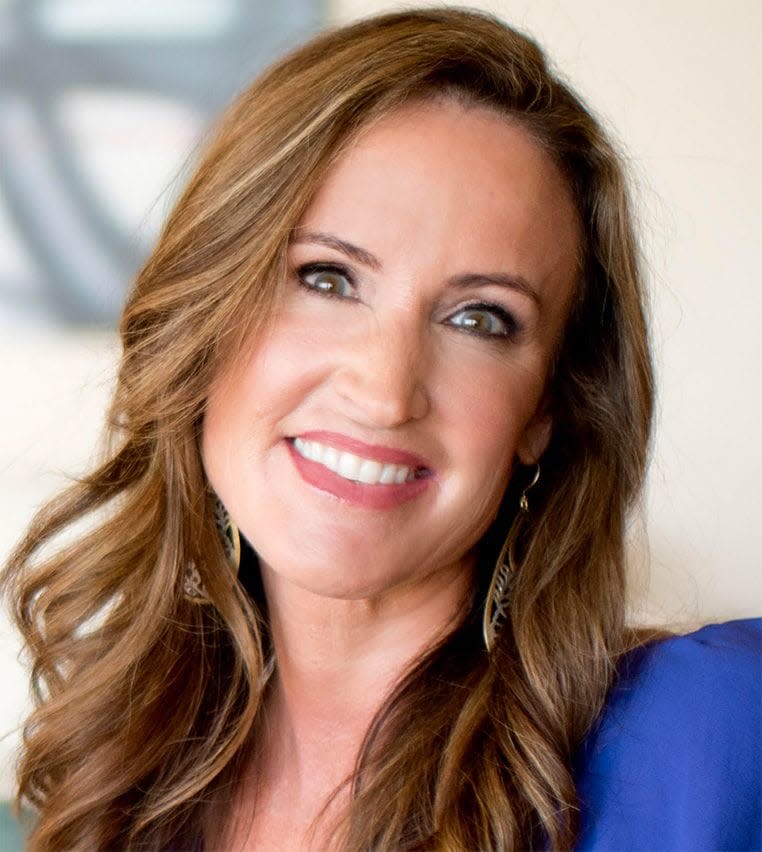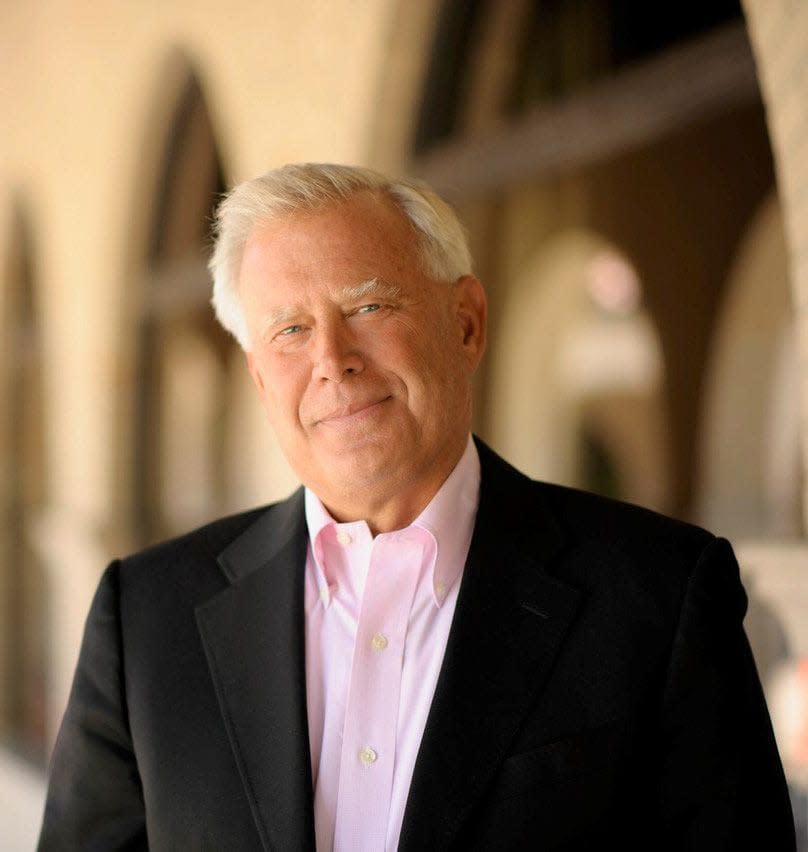Change is inevitable, but predicting it and embracing is a monumental challenge for most people. Yet, 2020 has brought about widespread change, reshaping entire industries and doing so at breakneck speeds.
So, if we know old habits die hard, how do we get over the mental hurdles that cause us to resist change or cling to old ideas that no longer serve our industries, or clients, as they evolve?
We asked five leading career consultants: "How do people change? How do we shift older thought processes so we can thrive in a new business environment?" Here, they share their best advice.
Recognize your fight or flight response and channel it for good
Imagine you hear your boss will be leaving the company or that your business will be going through a restructuring. Your initial, natural response is to probably question: "What does this mean for me?" That's because change feels personal and it can elicit fear, explains Dr. Lalia Rach, a motivational strategist, advisor to companies and executives, and the owner of Rach Enterprises.
When you're confronted with change, take note of your fight or flight response, suggests Rach. If it's a fight response, you might feel the impulse to become angry, defensive, or rude. If it's a flight response, on the other hand, you may feel avoidant, quiet and like you want to retreat. But the key here is knowing that you can use these emotions and natural tendencies to propel yourself forward in a positive way, and change your reactions to be more productive.
"Be aware of what you're feeling so you can do something about it," Rach says.
Instead of getting angry or quiet, you can use your energy to, say, come up with thoughtful questions to pose to leadership, or to brainstorm new business approaches.
Also, be aware that when we're confronting change, it's easy to leap to conclusions or use confirmation bias to fuel fear. "What I tell people is, don't make mountains out of molehills," Rach says.
Get over your 'limiting beliefs'

As humans, we will often do anything in our power to avoid change because we tend to like what's comfortable and predictable, explains Amy Matthews, a leadership consultant and career coach, and the founder of Woman UnRuled. Change, on the other hand, takes effort and requires commitment.
"The secret to change is being more committed to the present than the past," Matthews says.
But even if you decide to change, you may be held back by "limiting beliefs." Some common ones are: "I'm not deserving of making lots of money," or "life is full of struggle," or "I never get what I want." Some limiting beliefs in business might be "my company's no longer relevant," or "I'm not confident enough to step out of my comfort zone."
The only way to remove a limiting belief is to challenge it, Matthews says.
When you're ready to commit to a change, Matthews suggests trying this simple exercise. Grab a pen and paper and ask yourself: "What is the number one belief or recurring thought that drains my energy?" Then ask: "Is it true?" On one side of the paper, write down why it's true. On the other side, write down why it's not true. You can expect to find more evidence disproving your limiting beliefs, she says, which can give you momentum to change some of these old thought processes.
Understand why you need to change

When you're changing your mental model, it's not as simple as saying "Now I'll do X" or "Now I'll do more of X." Instead, you need to change your mentality for why you need to do "X," says Mark A. Herschberg, author of The Career Toolkit.
"Saying I should eat better because I know it's good for me, for example, is too abstract," Herschberg says. "Instead, it should be: Better eating will reduce my cholesterol and give me more energy during the day."
Also, when you're breaking from old habits, you need to come up with steps that are concrete, Herschberg says. When you're committing to a change, make sure it's measurable so you can hold yourself accountable.
As an example, saying that you're going to network more because it will help you land more clients in an evolving market is true. But go a step further, he recommends, to make this more specific: I'm going to go to at least two events a week and get at least one business card per event.
As a leader, be enthusiastic in order to encourage change

Leaders play a key role in advocating for change within their organizations. If you're a leader introducing a new concept or a change at your company, one of the best things you can do to shift thought processes is to consistently communicate with employees.
"People handle change better when they know that it's coming and are informed on what to expect," says Chelsea Jay, a career coach with Seasoned and Growing. "It increases trust and respect."
After implementing a new process or program, it's also important to show enthusiasm about it and commitment to it. "People model the behavior they see," she says. "If you aren't excited about change, why would they be."
Of course, hiccups and pushback are to be expected. But if you remain consistent and patient, you'll start to notice that those around you will begin to adapt and embrace change, Jay says.
Ask some tough questions

Industries are currently faced with large scale disruptive changes, and only those businesses that are flexible and open to change will be able to thrive.
The first step to changing your mindset is to accept the current reality, says Jim Haudan, co-founder and chairman of Root Inc., and a leadership and change expert who has worked with Fortune 50 and Fortune 500 companies.
In the business world, he says, this means honestly answering questions like:
- What does the current state of your business look like?
- What gaps or barriers exist?
- Why are you having these challenges?
- What's good or bad about the company culture?
People need to be ready to have the tough conversations about the change and discuss their fears and concerns. People also need to have dialogue that allows them to see all sides of the story and get a real understanding of the big picture that is requiring the changed behavior, Haudan says.
Again, understanding 'the why' behind change is critical.
"People don't want to change simply because someone tells them to," Haudan says. "They need to come to their own conclusions. So people need to have the full story, all the perspectives, and understand why their behaviors and mindsets need to shift to support the big picture."
If you need some encouragement along the way, think of this reminder, which comes from Root's guide to change: "From toddlers to trees to technology, nothing grows without transformation."
Photo credit iStock.com/gustavofrazao